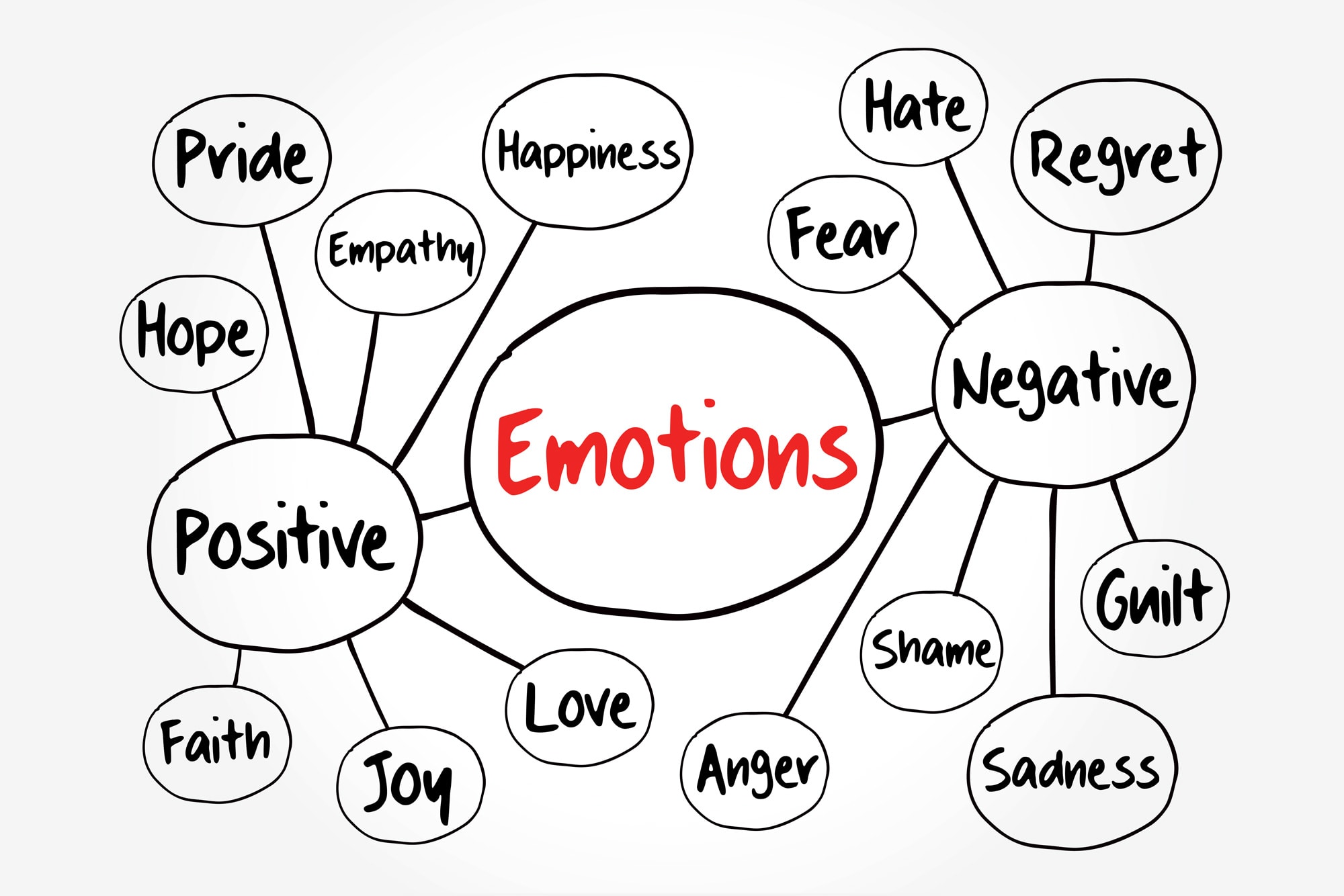By Darrell J. Burnett, Ph.D.
Clinical Psychologist; Former Member, Little League International Board of Directors
Families are faced with a real challenge during the “home-quarantine” period connected with the Coronavirus outbreak.
The challenge is to try to keep our immune system strong, so we can fight off the virus if we come into contact with it.
The problem is twofold:
- STRESS is a normal response when our brain senses that our survival is at stake. Virus, death, social isolation, financial setbacks, uncertainty, etc. can all be seen as survival threats, and the brain then goes into action with a stress response. Unfortunately, over time, the stress response can deplete our immune system, and we’re less able to combat the virus if it hits.
- NEGATIVE emotions are often the automatic reactions to 1) the inconvenience of social isolation, 2) loss of a normal routines – school, work, leisure, etc.; 3) having to live in the same house, with the same people, 24 hours a day, 7 days a week, 4) financial worries, etc., 5) daily media information on new cases, more deaths, lack of treatment equipment, etc. The emotions run the gamut of frustration, disappointment, irritability, anger, worry, pessimism, and sadness. etc. Unfortunately, as with stress, these negative emotions, over time, can also deplete our immune system.
There is no simple solution to the problem. Stress and negative emotions are part of our human response to what is going on. However, during the period of home quarantine, there are things we can do to DECREASE stress and DECREASE negative emotions, thus helping to strengthen our immune system.
Decreasing Stress
Since Coronavirus-based stress is based upon being preoccupied with thoughts of the virus, death, social isolation, financial setback, uncertainty, etc., and then reacting with an emotional stress response, the goal is to decrease these thoughts, and to replace the emotional stress response with the opposite response, becoming CALM. You can’t be calm and stressed at the same time.
We’re not robots. We can’t just turn off our stress producing thoughts and emotions. However, we can begin the process of decreasing those thoughts and emotions, and replacing them with CALM thoughts and emotions (relaxation, meditation, mindfulness, yoga). We can then measure our progress in terms of FREQUENCY (stress thoughts and responses are not happening as often), DURATION (stress thoughts and responses are not lasting as long), and INTENSITY (stress thoughts and responses are not as intense, we’re not putting as much energy into the responses). Likewise, calm thoughts and emotions are happening more often, lasting longer and are more intense).
Decreasing Negative Emotions

As we mentioned, negative emotions, over time can deplete our immune system.
Interestingly, POSITIVE emotions have the opposite effect. They can strengthen the immune system.
As with decreasing stress, we can also begin the process of decreasing our corona virus-based emotional reactions of frustration, disappointment, irritability, anger, worry, boredom, pessimism, etc., and replacing them with POSITIVE emotions (laughter, joy, gratitude, etc.). We’re not talking about having positive emotional reactions to the negative events connected with the coronavirus. We’re talking about spending time with activities and thoughts that lead to positive emotions (fun games, jokes, comedy TV and “happy” movies, family activities, video chatting with relatives, looking at old family movies, etc.) Once again, we can measure progress in terms of FREQUENCY (negative emotions happen less frequently, positive emotions happen more frequently); DURATION (negative emotions don’t last as long; positive emotions last longer); and INTENSITY (negative emotions not as intense, positive emotions have more energy).
As with learning any skill, it takes time. It’s a PROCESS. We can use our home quarantine time to learn the skill of improving our immune system by decreasing our stress responses and negative emotions, and increasing our calming responses and positive emotions, measuring progress in terms of FREQUENCY, DURATION, & INTENSITY.